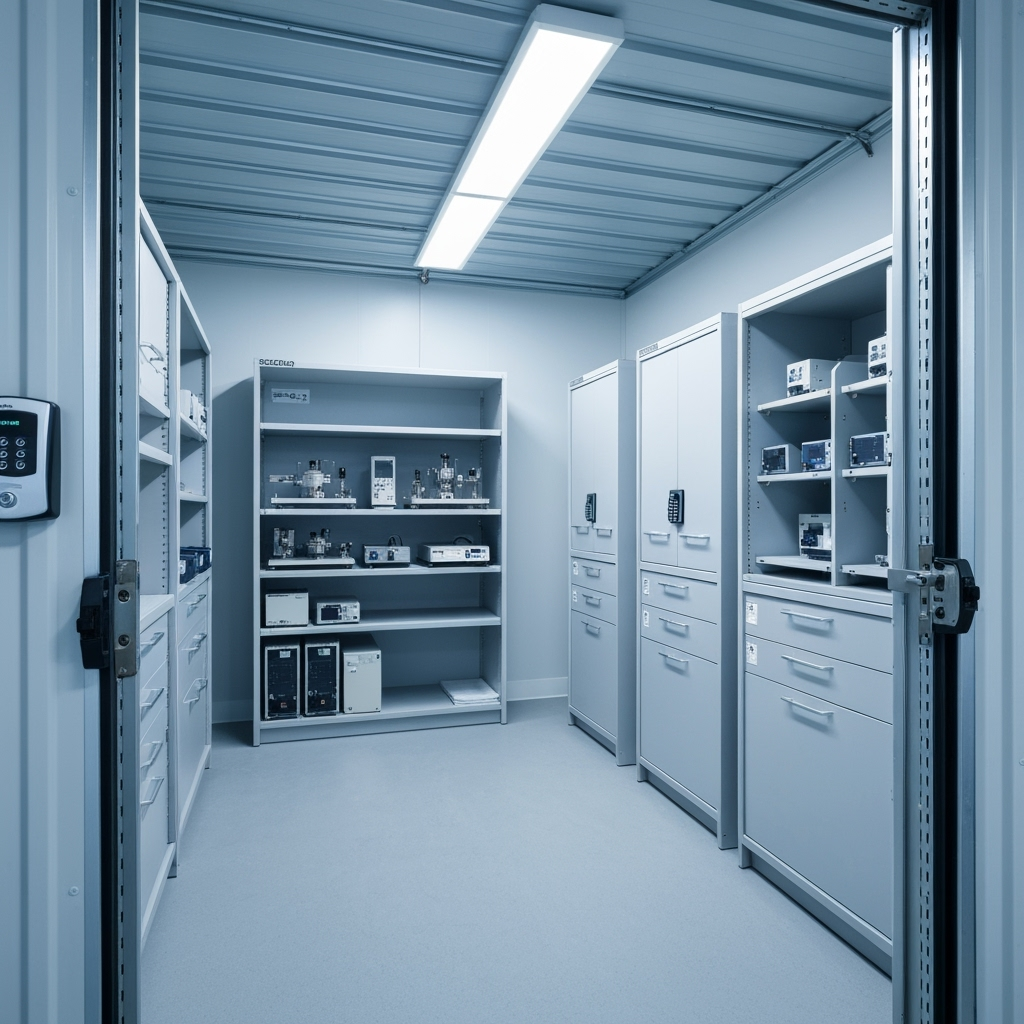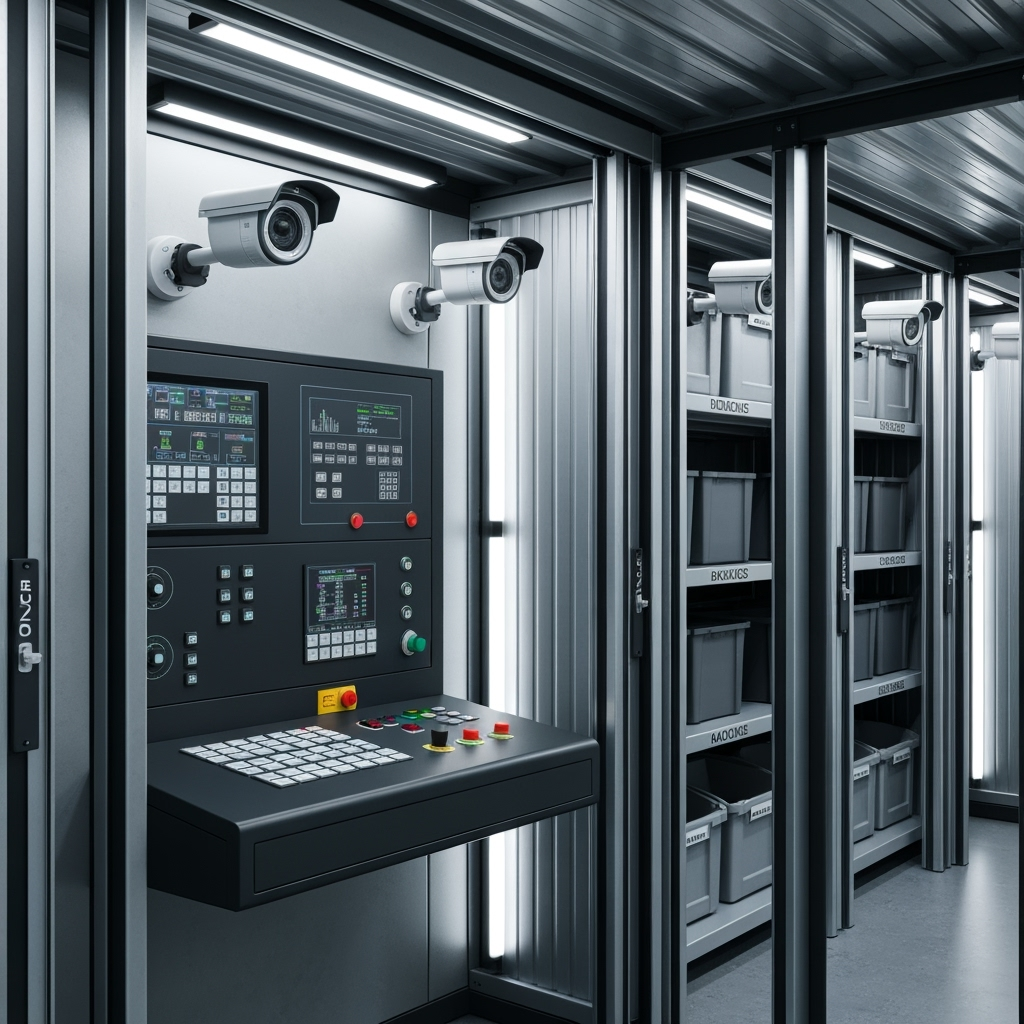
The Critical Need for Secure Business Equipment Storage
For business owners, protecting valuable equipment is not just about safeguarding assets—it’s about ensuring business continuity and protecting your investment. Whether you’re storing expensive machinery, sensitive electronic equipment, or valuable inventory, implementing proper storage security measures is essential for peace of mind and professional success.
Choosing the Right Storage Solution
When it comes to storing high-value business equipment, not all storage solutions are created equal. Here’s what to look for:
- Climate-controlled environments to prevent damage from temperature and humidity fluctuations
- Advanced security systems with 24/7 monitoring
- Restricted access controls and individual unit alarms
- Well-lit facilities with security personnel
- Insurance options for stored items

Best Practices for Equipment Protection
Follow these essential guidelines to maximize the security of your valuable business equipment:
1. Proper Documentation
Maintain detailed inventory records including:
- Serial numbers and model information
- Photos of equipment condition
- Maintenance records and warranty information
- Current market value assessments
2. Strategic Organization
Implement these organizational strategies:
- Create clear aisle paths for easy access
- Use professional-grade shelving systems
- Label everything clearly and systematically
- Keep frequently accessed items easily reachable
Security Protocols and Access Management
Establish strict security protocols:
- Implement a sign-in/sign-out system for equipment access
- Use security cameras and motion sensors
- Install additional locks on high-value items
- Regular security audits and updates
Climate Control and Environmental Protection
Protect your equipment from environmental damage:
- Monitor temperature and humidity levels regularly
- Use appropriate protective covers and cases
- Install moisture indicators and monitoring systems
- Maintain proper ventilation
Insurance and Risk Management
Protect your investment with comprehensive coverage:
- Review and update insurance policies regularly
- Document all stored items for insurance purposes
- Understand coverage limitations and exclusions
- Consider additional riders for high-value equipment
Regular Maintenance and Inspection
Develop a maintenance schedule that includes:
- Monthly equipment checks
- Quarterly deep cleaning of storage areas
- Semi-annual security system testing
- Annual comprehensive inventory review
Creating Your Security Action Plan
Follow these steps to develop a comprehensive security strategy:
- Assess your specific equipment protection needs
- Research and select appropriate storage solutions
- Implement security measures and protocols
- Train staff on security procedures
- Regularly review and update security measures
Emergency Preparedness
Be ready for unexpected situations:
- Create an emergency response plan
- Maintain updated contact information for key personnel
- Keep backup equipment documentation off-site
- Regular emergency procedure drills
Conclusion
Protecting your valuable business equipment requires a comprehensive approach combining secure storage solutions, proper documentation, and regular maintenance. By implementing these security measures and best practices, you can ensure your business assets remain safe and well-maintained, contributing to your company’s long-term success and stability.










Leave a Reply